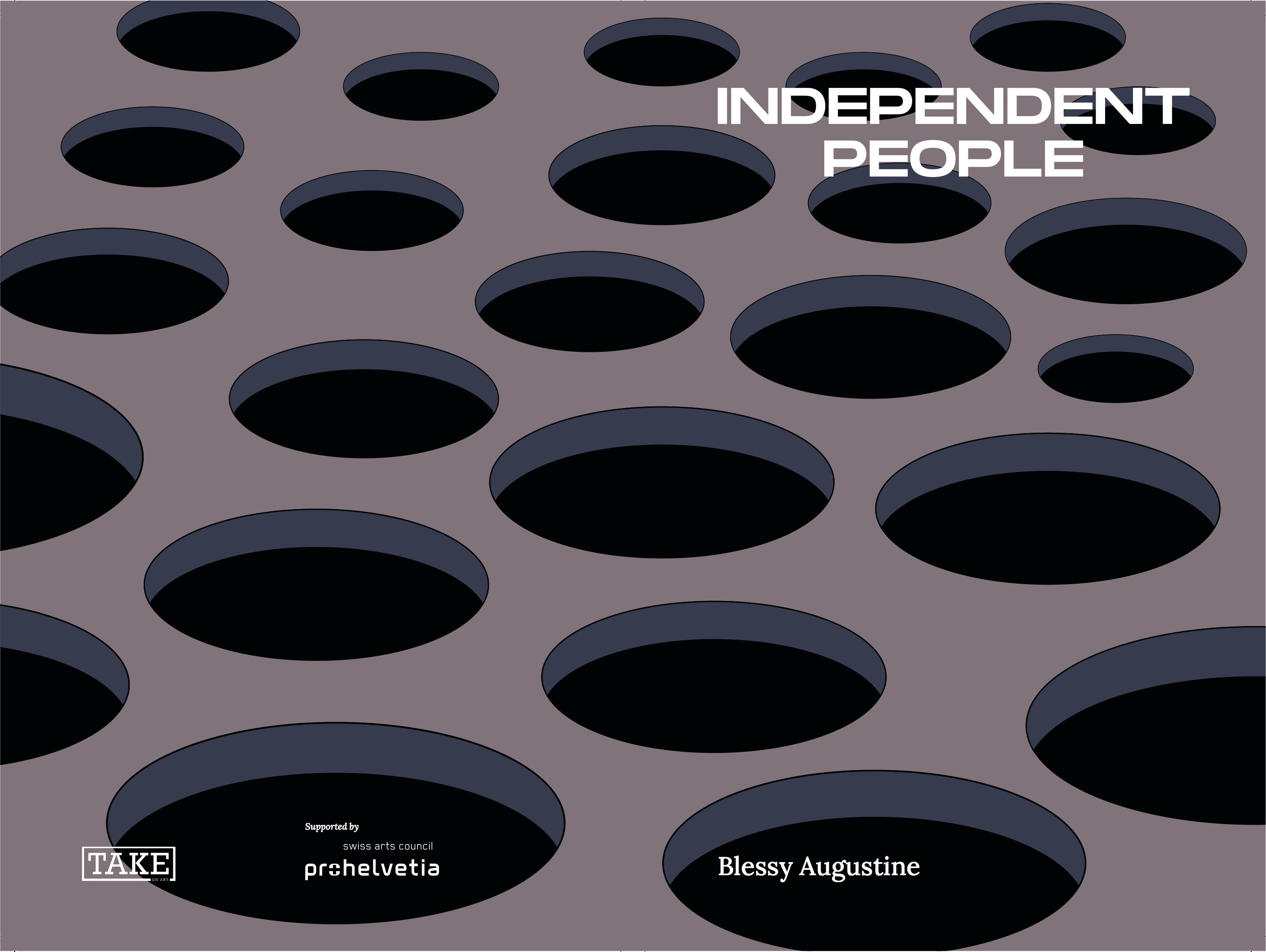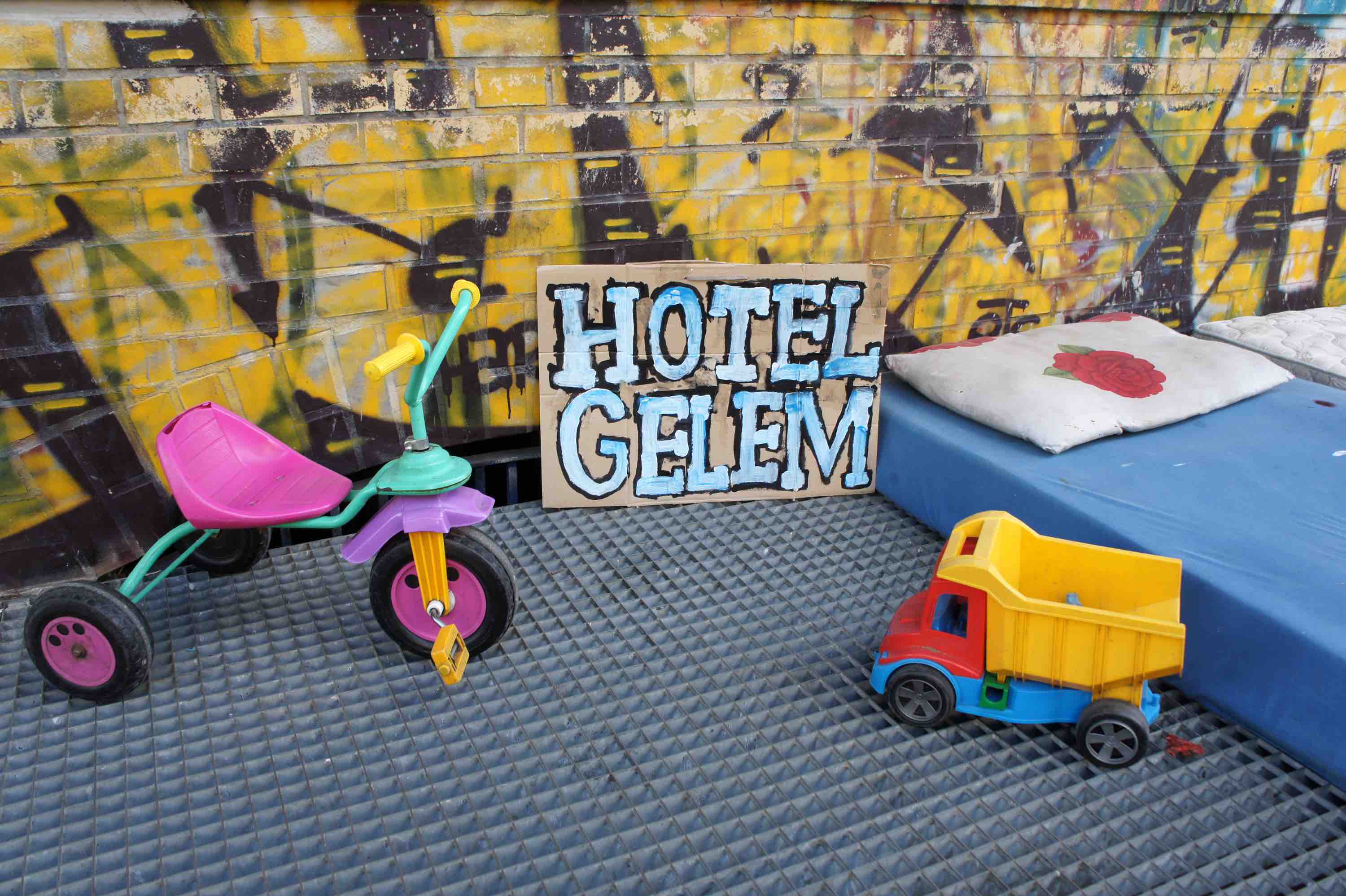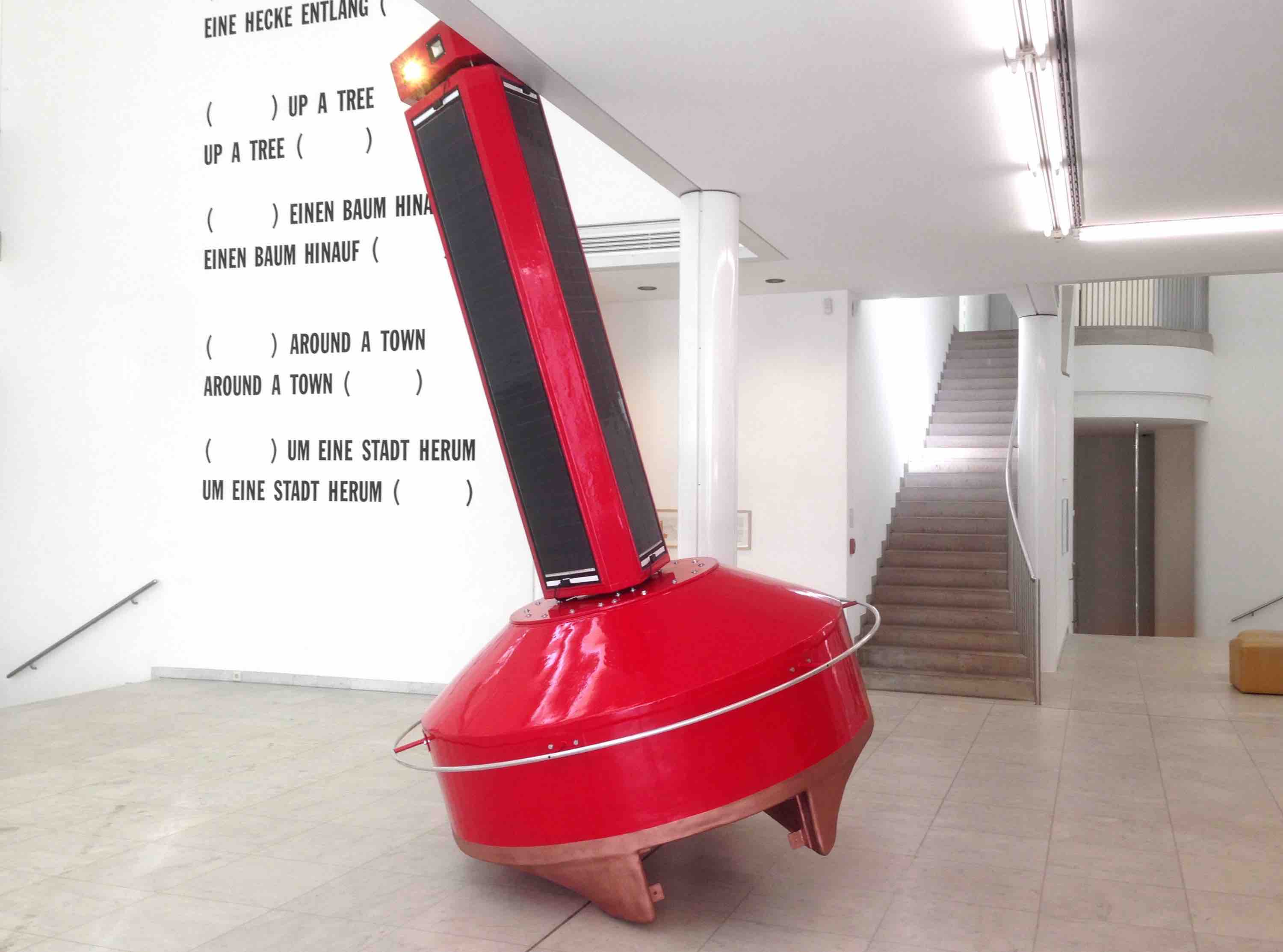
A truant pebble disturbs the otherwise clean, unwavering lines of the pavement in Tiananmen Square. One feels the urge to push it aside, restore the harmony of the composition. It’s impossible to do so as a viewer standing in front of an image. It also must not have been an easy task for those standing around while the image was made. As the next photograph demonstrates, the pebble has been glued to the spot by an insoluble adhesive. Passers-by would have tried to pick it up, kick it, and given up. The two photographs are part of Chinese artist Zhao Zhao’s work titled Cobblestone (2007).
In another performative work, On Guard, Zhao, dressed as a police officer, stood at attention “guarding” the Tiananmen Square for several days. Both these works were showcased at MoMA PS1 in 2013 as part of the group exhibition ‘Zero Tolerance’. A little after the opening of the exhibition, the Chinese government held Zhao in investigative custody for 12 days.
Zhao’s work, like many others included in that exhibition, redefined, for me, the idea of protest. In an interview for VICE, Klaus Biesenbach, the exhibition’s curator, explained that going back to Joseph Beuys we acknowledge that all actions are political, whether it’s voting or picking a means of transport. But to be truly political today, you have to go a step further; you have to do something very public that is of no direct productive use: you stand somewhere for hours or sit in MoMA’s atrium for weeks, and this is immediately political as it is considered a disruption.

This idea of disruption, roughly speaking, is a way of questioning someone’s power without reinforcing that person’s authority. While I began my research by looking at works that I believed are disruptive, I soon became interested in projects and artistic gestures that went beyond. I began considering works that are not only disruptive but also emancipatory. I borrow this concept of emancipation from Jacques Rancière and use it to signify the ability to operate in a way that disengages from authority.
Any disruptive act is an attempt at asserting one’s freedom. But freedom is a slippery concept, an idea of boundlessness that we have learnt to define mainly by imposing boundaries on it. My attempt is to understand it in relation to the tenuous relationship it shares with labour and forms of government. The works that I discuss in this paper—Baltensperger + Siepert’s Desti-Nation, Wachter & Jud’s Hotel Gelem, Ursula Biemann’s Performing the Border, and Roland Roos’ Free Repair—allow me to articulate this relationship better.

This is an excerpt from ‘Independent People’ by Blessy Augustine. The book is the outcome of a research residency undertaken by the author for the TAKE on Art x Swiss Arts Council Pro Helvetia 2019–2020 award. During which Blessy Augustine was granted the opportunity to undertake a research residency at Villa Sträuli Winterthur organised by TAKE on Art magazine in partnership with Swiss Arts Council Pro Helvetia.
Title: Independent People
Author: Blessy Augustine
Editors: Faris Kallayi, Tess Maunder
Book design: Vivek Premachandran
Published by Take on Art magazine with the support of Swiss Arts Council Pro Helvetia
Edition: 1 (2021)
Read the book here.













